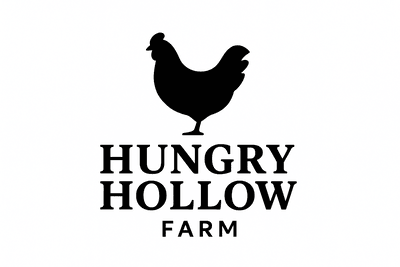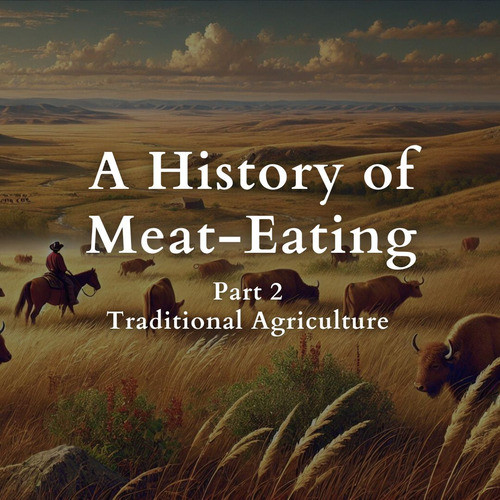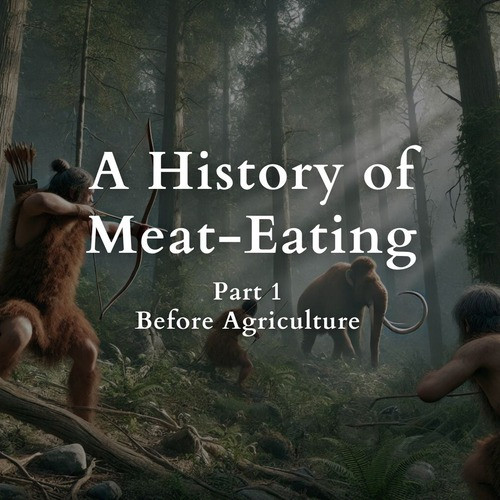8 Reasons to go #FactoryFarmFree
posted on
January 6, 2019
Saying goodbye to factory farms will improve your life and the lives of farmers, farm animals, thousands of species of wildlife, rural communities, and billions of earth's future inhabitants.
Still need convincing? Here are 8 reasons to go #FactoryFarmFree:

An animal's body is shaped primarily by the type of food it eats, the amount of exercise it gets, and its genetics. Factory farmed animals eat a bland diet (typically corn and soy,) exercise little if at all, and are bred for rapid weight gain. As a result, their meat and eggs have fewer micronutrients, contain more saturated fats, and have significantly less beneficial Omega 3 and CLA fats when compared to meat from animals raised outside on pastures.




